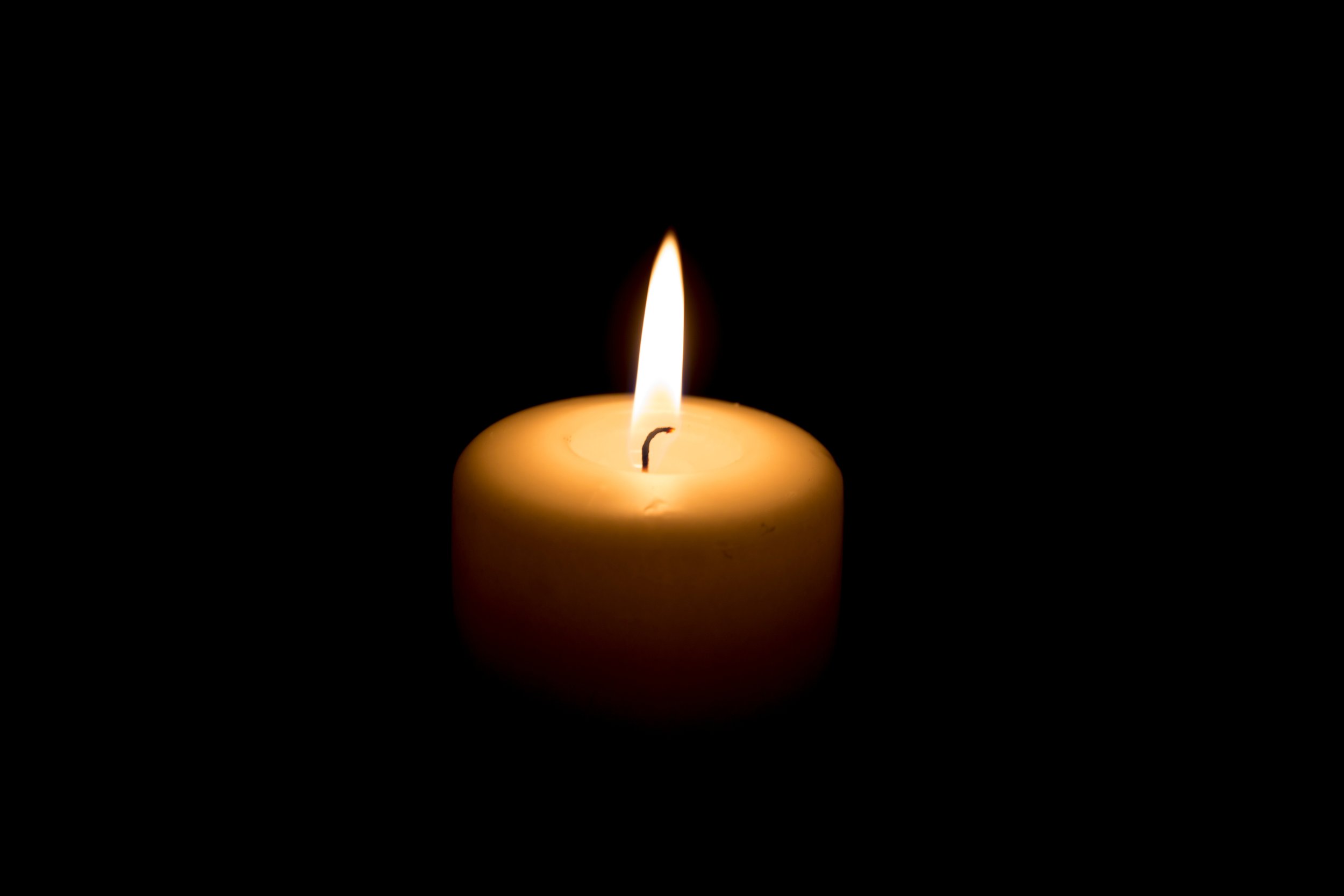What Do We Even Do? A Response to Uvalde
May 31, 2022- I have kept silent these last few days except for some vehement and articulate posts I’ve shared from others on social media. But I’ve had to keep quiet because my anger, which is intense enough to burn down the world, would have gotten the better of me in the wake of the recent killing of young children. In an elementary school. While police stood outside and waited. And the governor of the state said that the tragedy was “incomprehensible.” All it takes is a few words and the rage flames.
So, I’ve been quiet while many of us wondered, “What do I even do in the face of yet another mass shooting in our schools, where I have to send my children every day? What do I even do? And how do I navigate this with my teenager?”
I offer a few suggestions here, fully aware that the complexity of the issue and its roots go deep into the traumatized and toxic roots of a history unique to this country. Nothing seems enough. But we must start somewhere.
Stand still.
Make room for your feelings first. All of them. Because if you’re like me, there are lots of them. Take some time to feel them. Don’t just shove them down and go about the business of life. Feelings are the business life.
Validate your teenager and their feelings.
Make time to talk with them and check in with them. No matter how busy you are. They too, are the business of life. Be open and listen. Don’t debate with them about the issues right now. Let them wander around in this. Even if their opinions and views seem short-sighted, outlandish, idealistic, or just plain wrong. If something they say disturbs you, then ask questions. Get curious. Don’t shut it down.
Ask them about their feelings of safety.
Don’t tell them or reassure them that they are safe. They are not unaware of the world we’re living in, the world they are living in. To tell them that they are safe is to lie to them.
Take action
If you and/or your child are feeling helpless and powerless or are becoming numb in the face of the continuing murders happening in our schools, then remind yourself of this: Taking action, using our voices, arming ourselves with information and facts, critically questioning the status quo, and stepping outside the box to look creatively and imaginatively for solutions to seemingly unsolvable problems are antidotes to powerlessness and despair.
Research together what protective factors are in place at your child’s school, within the school district, and in the community. Find out what school shooter response protocols the school, the district, and the community have in place. Track down how the school is getting funded and where the money is going in your child’s school and school district. After researching, advocate for the changes you and your teenager deem necessary. Remember, your teenager is an expert on their high school environment and where the gaps are.
Some questions to find answers to:
Is adolescent mental health supported in the school and the community?
Are there suicide awareness and prevention training in the school? What interventions are in place?
Are there effective interventions in place for those experiencing loneliness, isolation, bullying, and bigotry?
Are there outlets, support, and reflection in the school and the community for creative expressions such as art, drama, music, spoken word, crafting, and creative writing?
Is there comprehensive organization in your community to register teens to vote who are eligible and to educate them on the vital duty we all have to engage in this powerful democratic act?
Are there safe places for teenagers and parents to gather, have fruitful dialogue, and explore the issues that lead to school shootings?
Is there room in your family, the child’s school, and the community for the powerful force of the adolescent revolutionary and rebellious spirit to be heard, validated, and incorporated into policy-making?
Validation
Lastly, I can’t emphasize enough how critical and essential it is to validate your child and their feelings—all of them. Especially the ones that make you feel uncomfortable, the ones that you feel aren’t socially acceptable.
Along the same line, study the writings of Swiss psychologist C. G. Jung and others on the Shadow aspects of the human psyche. Know that each and every one of us, including your own child, are capable of great harm and even greater evil. Know that each and every one of us, including your child, are capable of the unthinkable.
Know that what hides in the dark places within will fester and strengthen if we do not learn how to come into a conscious validating relationship with it. Validation is the beginning of the dismantling of its terrible power. [Be sure to check out my webinar here if you are wondering how to validate what’s terrible.]
The boys who kill other children are not evil. They are terribly wounded and have found no solace. They are angry and have found no redemption. What we call evil is rooted in trauma, and unhealed trauma can wound terribly and mortally in some cases.
To do our own work, to dig into our own woundedness, to turn and face the horrific with courage and, if possible, with validation and compassion is the beginning of healing at the personal, family, community, national, and global levels. I’ve said it many times before—is there any other work more important for each of us to do in this lifetime?


